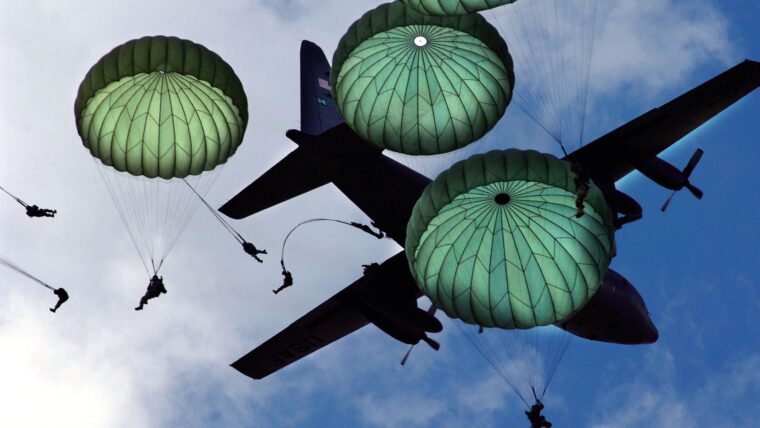
WWII
Evolution of the Army Airborne
By Arnold BlumbergThe United States Army came late to the idea of employing airborne troops in time of war. The first U.S Read more
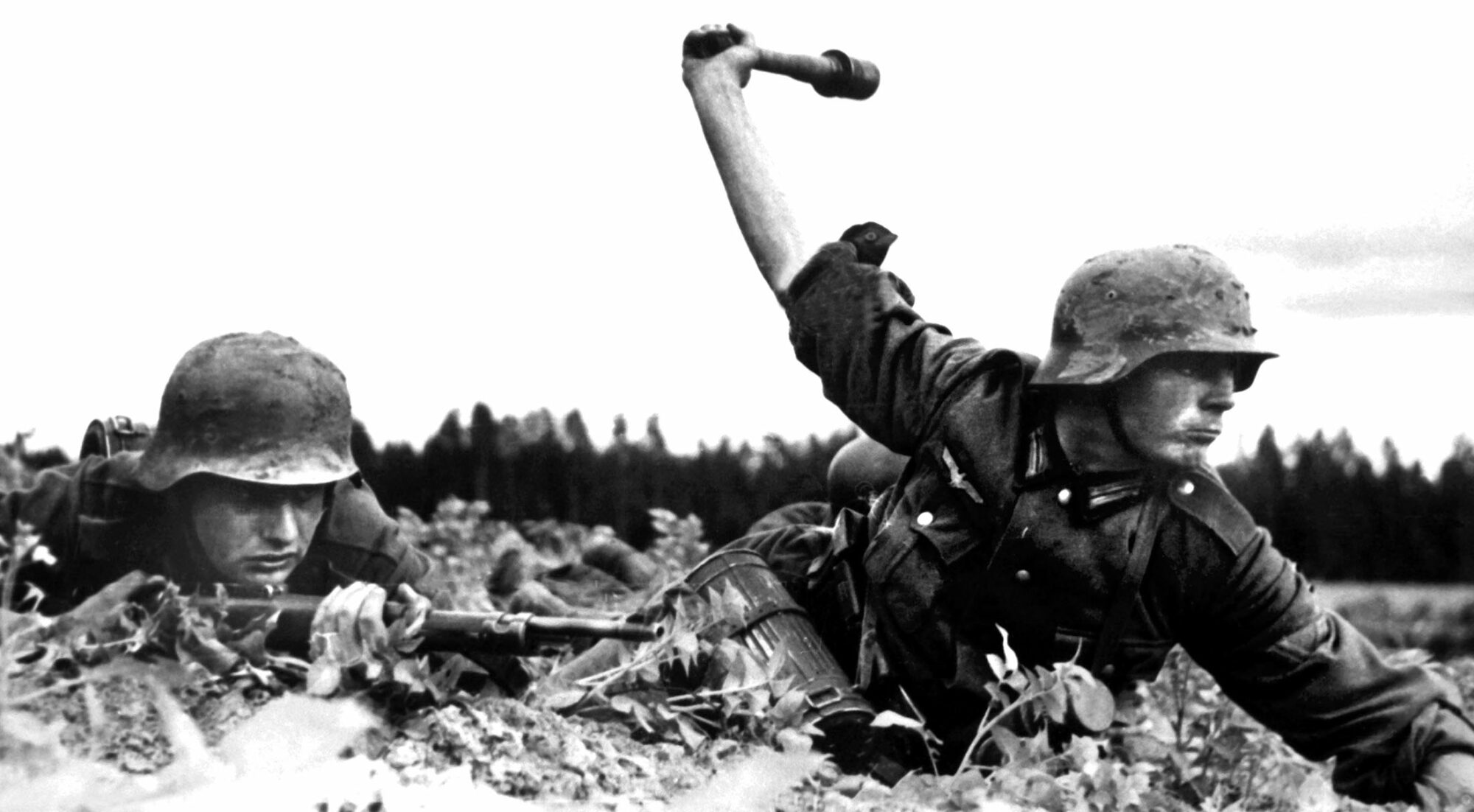

WWII
The United States Army came late to the idea of employing airborne troops in time of war. The first U.S Read more
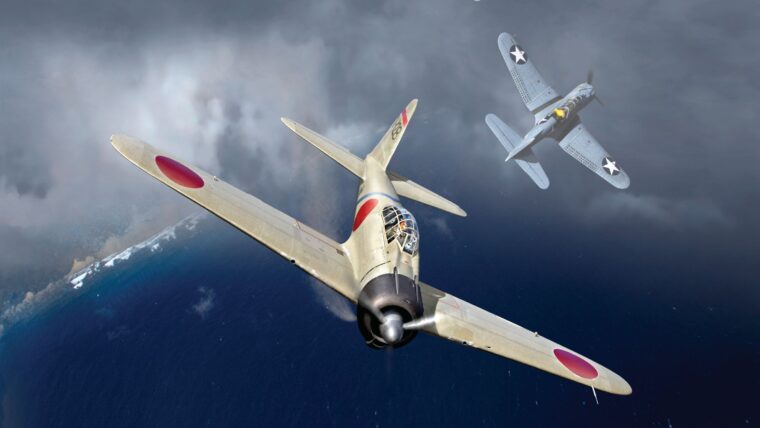
WWII
For thousands of Allied airmen the most terrifying sight they ever beheld was a Mitsubishi A6M Zero bearing down on them—burnished black cowling over a snarling Sakae engine, staccato bursts flashing from two machine guns and two cannon—often the last thing they ever saw. Read more
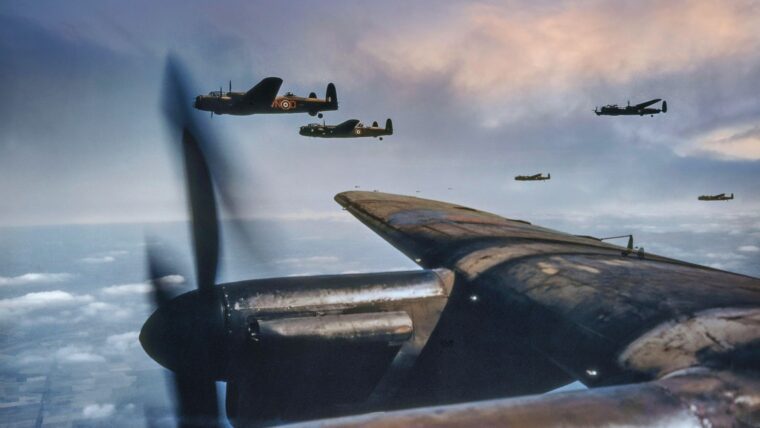
WWII
Air Chief Marshal Sir Arthur Travers Harris, the burly, red-haired chief of Royal Air Force Bomber Command, was an anxious man on the evening of Saturday, May 30, 1942. Read more
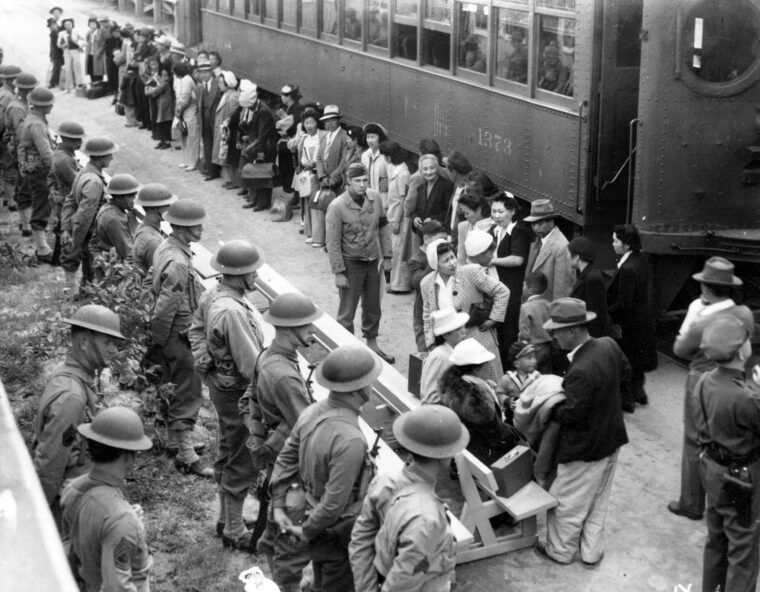
WWII
The afternoon of May 30, 1942, found Clyde Sarah waiting for his girlfriend Ida on Estudillo Avenue, one of the main thoroughfares in San Leandro, a small town just across the bay from San Francisco. Read more
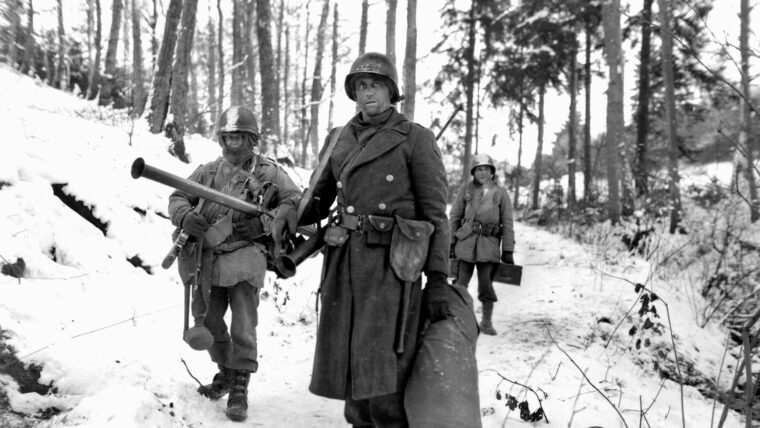
WWII
Major Robert B. Yates arrived at the 1111th Engineers’ headquarters in Trois-Ponts, Belgium, around 13:30 on Monday, December 18, 1944, expecting to sit in on an ordinary staff meeting. Read more
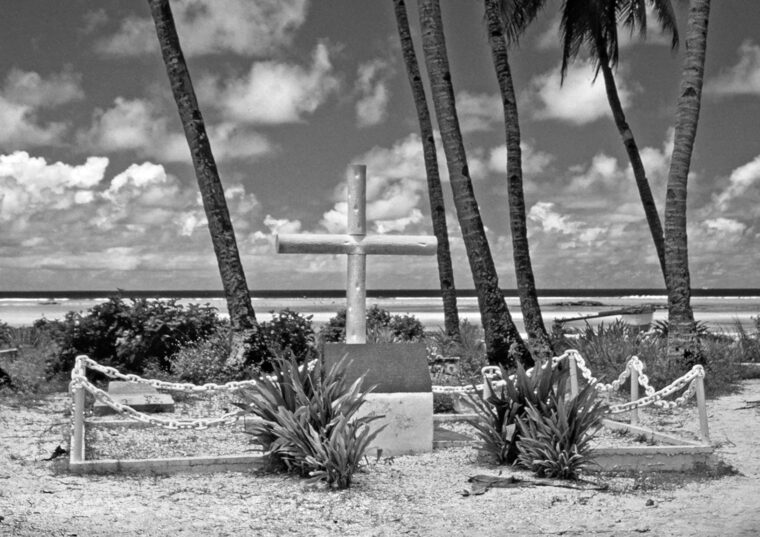
WWII
On October 15, 1942, a total of 22 men, all British subjects and all prisoners of war captured by Japanese military forces in the Gilbert Islands in the Central Pacific, were executed on Betio islet at Tarawa Atoll.. Read more
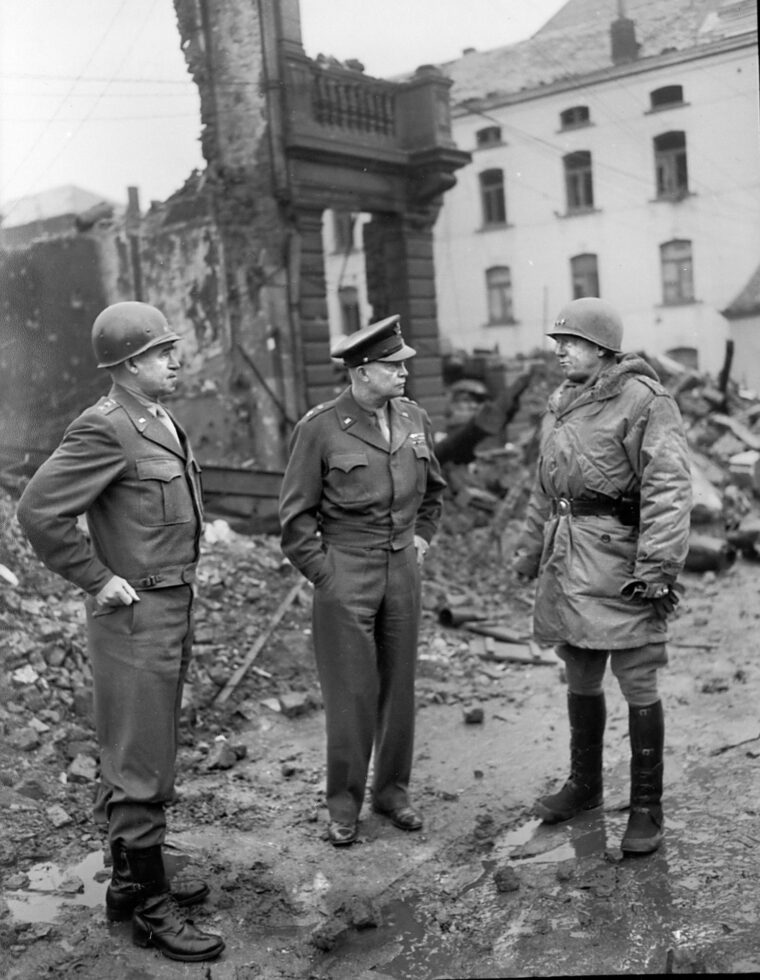
WWII
Patton’s Prayer: A True Story of Courage, Faith and Victory in World War II (Alex Kershaw, Dutton Press, New York NY, 2024, 348 pp., Read more
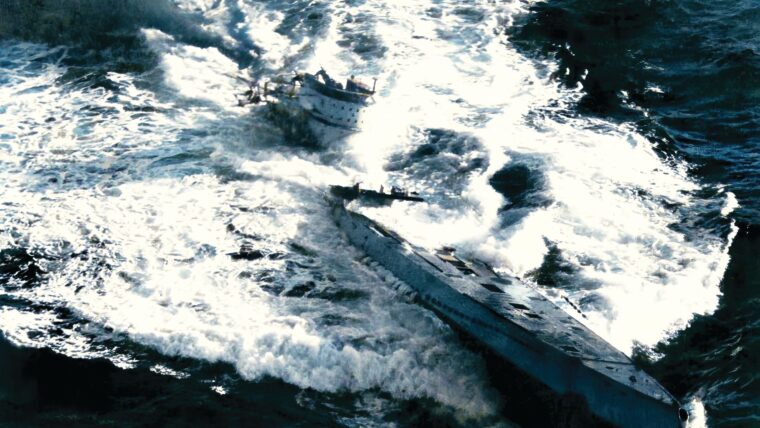
WWII
On September 3, 1939, when Great Britain and France declared war on Germany, the Kriegsmarine only had 46 operational U-boats, the majority of which were used for training. Read more
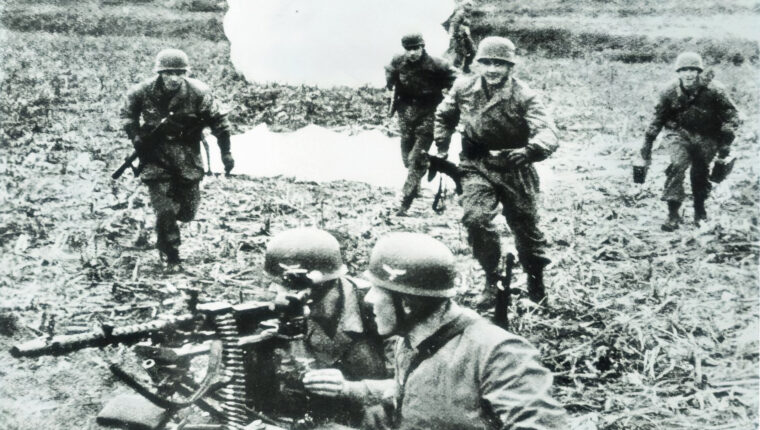
WWII
Belgian Fort Eben Emael was as close to impregnable as modern defense works could be—or so it seemed. Read more
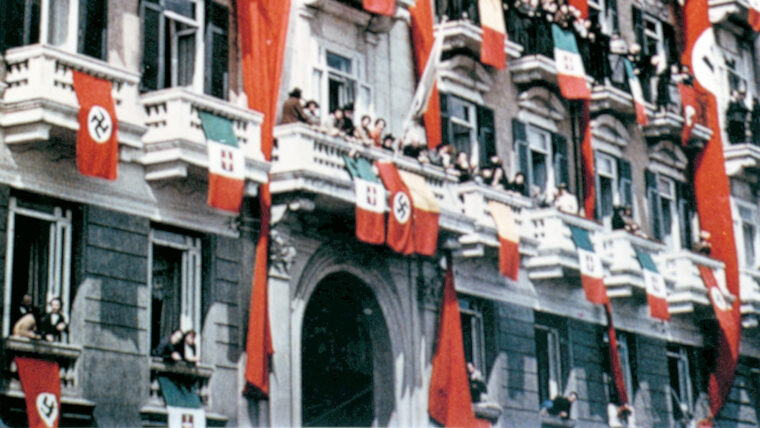
WWII
On May 26, 1940, as the armies of Nazi Germany roared across prostrate France and the British Expeditionary Force was in the midst of its evacuation by sea from the European continent, Italian Army Marshal Pietro Badoglio, 69, was in the waiting room of the Palazzo Venezia in Rome. Read more
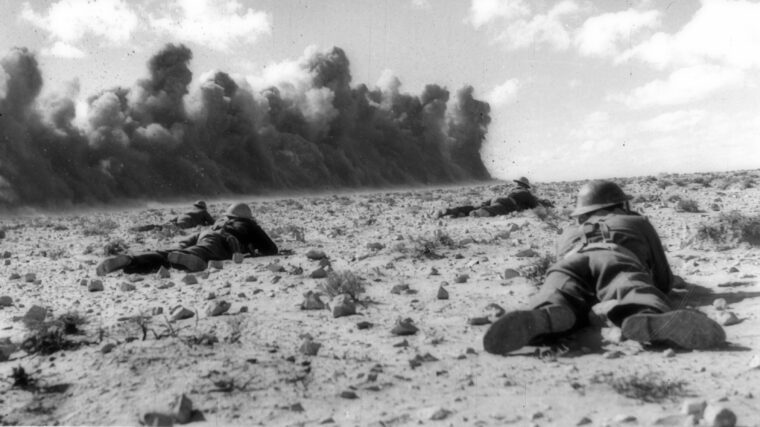
WWII
By the end of the second day visibility was reduced to almost zero. Burning hulks of everything from ME-109s to M3 “Honey” tanks, Panzer IIIHs, and trucks of all descriptions littered the battleground that was once an airfield. Read more
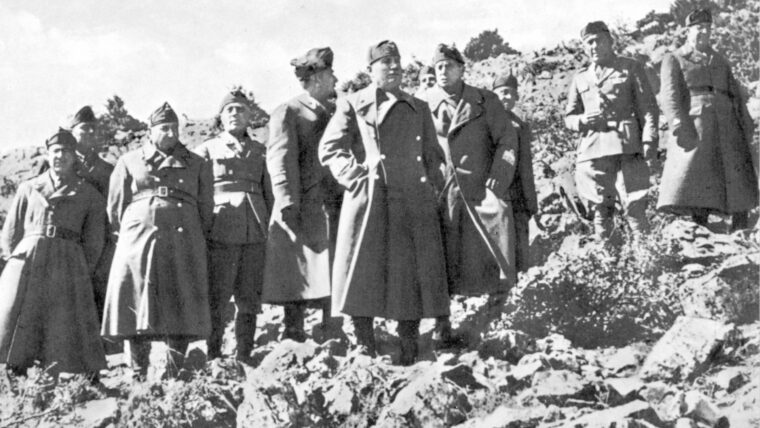
WWII
A thin shaft of moonlight played over the broad, deserted boulevard leading to the suburban Athens home of Greek Prime Minister John Metaxas on the night of October 28, 1940. Read more
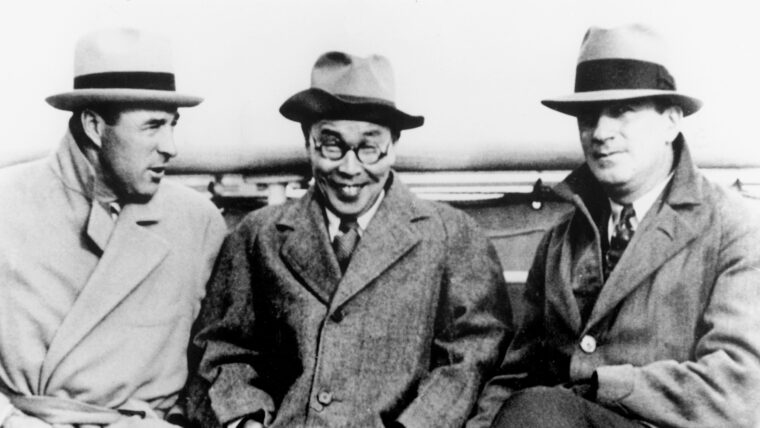
WWII
Morris “Moe” Berg was a man of many talents: linguist, lawyer, baseball player, spy. Although this Renaissance man gained a modicum of celebrity on the baseball diamond, Berg is best remembered as an operative for the OSS (Office of Strategic Services), a World War II forerunner of the U.S. Read more
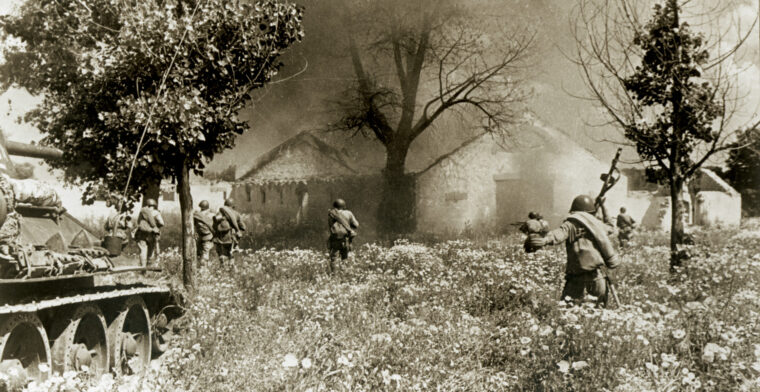
WWII
May 1, 1944. Marshal of the Soviet Union Ivan Stepanovich Konev had a right to be pleased with himself and his men as he gazed at the maps spread before him. Read more
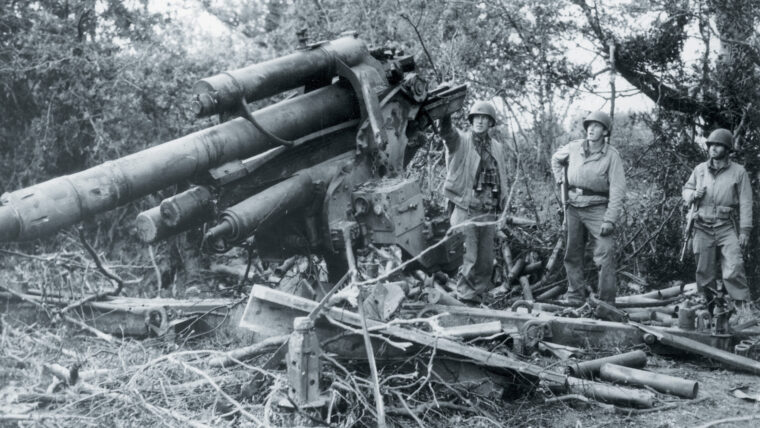
WWII
As a captain during World War II, George Mabry, with the 4th Infantry Division, slogged ashore on Utah Beach on D-Day and led troops through the Normandy Campaign. Read more
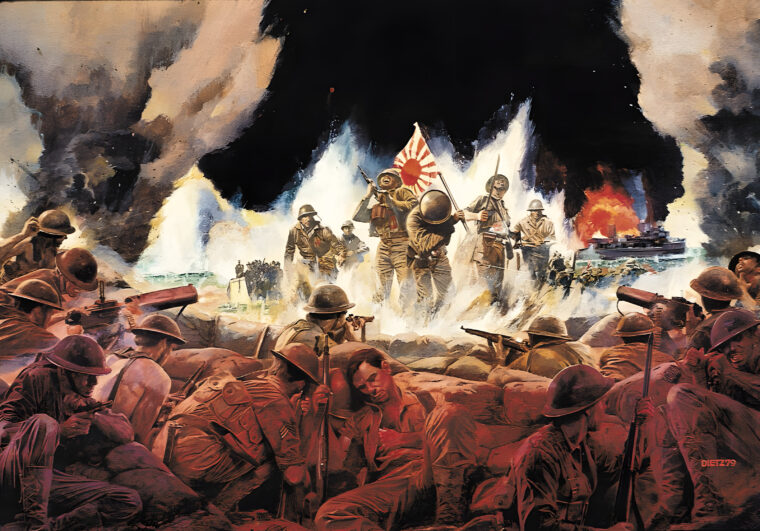
WWII
In mid-December 1941, during the thick of the Battle of Wake Island, the 400 U.S. Marines who called the island outpost home stood a lonely sentinel in the watery Central Pacific wilderness, like a cavalry fort in an oceanic version of the Western frontier. Read more
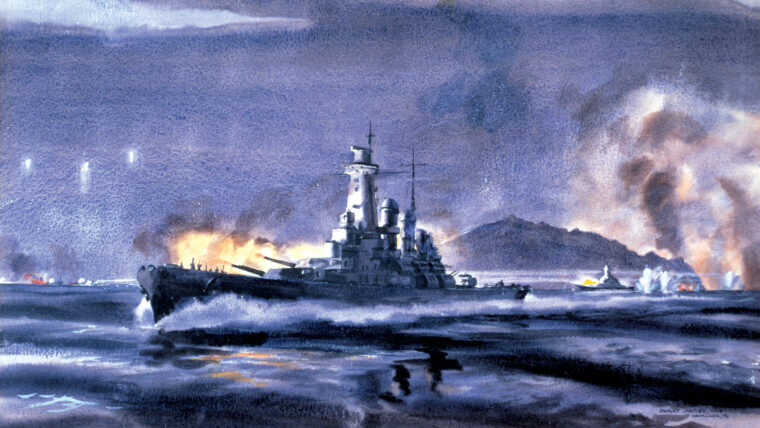
WWII
As in thousands of other homes across America, there was an air of tension in the living room of the modest frame house at 98 Adams Street, Waterloo, Iowa, on the afternoon of Sunday, December 7, 1941. Read more
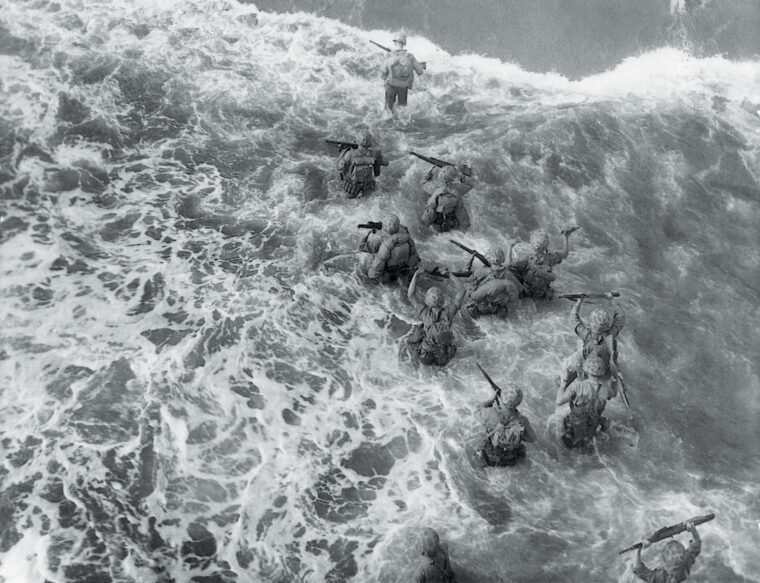
WWII
The Allies eyed New Britain as a key prize in General Douglas MacArthur’s island-hopping strategy, but the ferocious combat—and the terrible weather and terrain—would take its toll. Read more
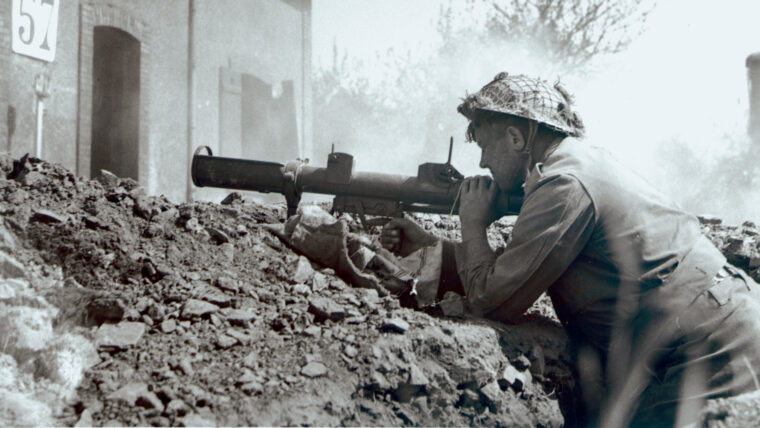
WWII
It was surely as ungainly a weapon as was ever made, and one of the clumsiest. It was a 3-foot, 32-pound steel tube with a monopod to support it, a huge trigger on the underside, and a padded shoulder piece at one end. Read more
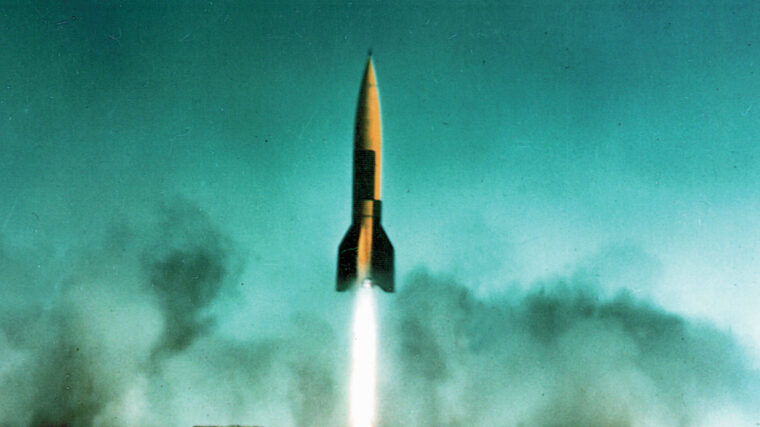
WWII
Sixty-four-year-old Robert Stubbs slowly walked across the playing field of the Staveley Road School in the West London suburb of Chiswick. Read more